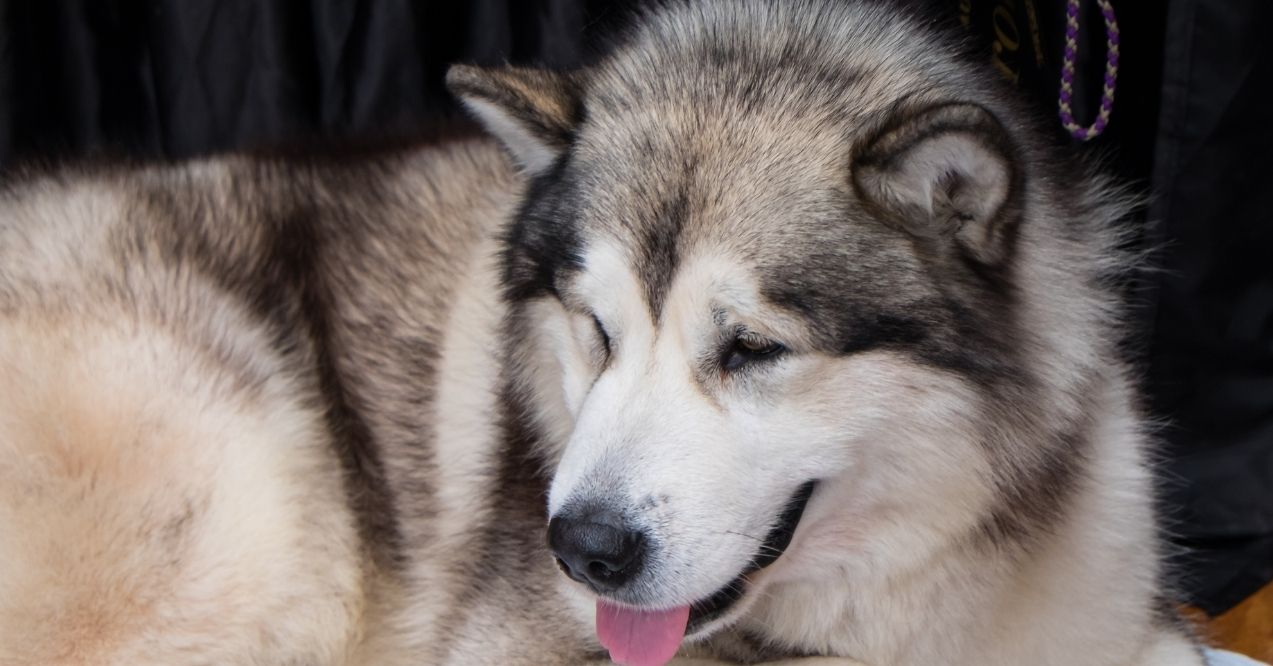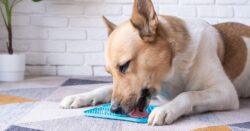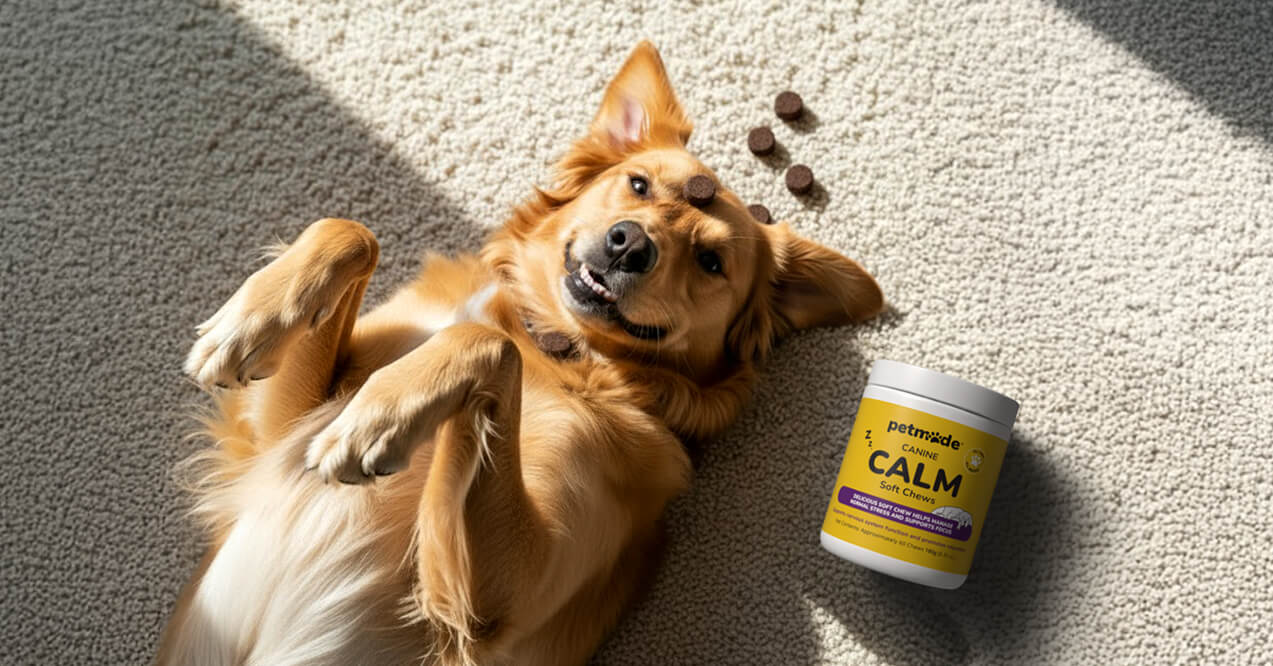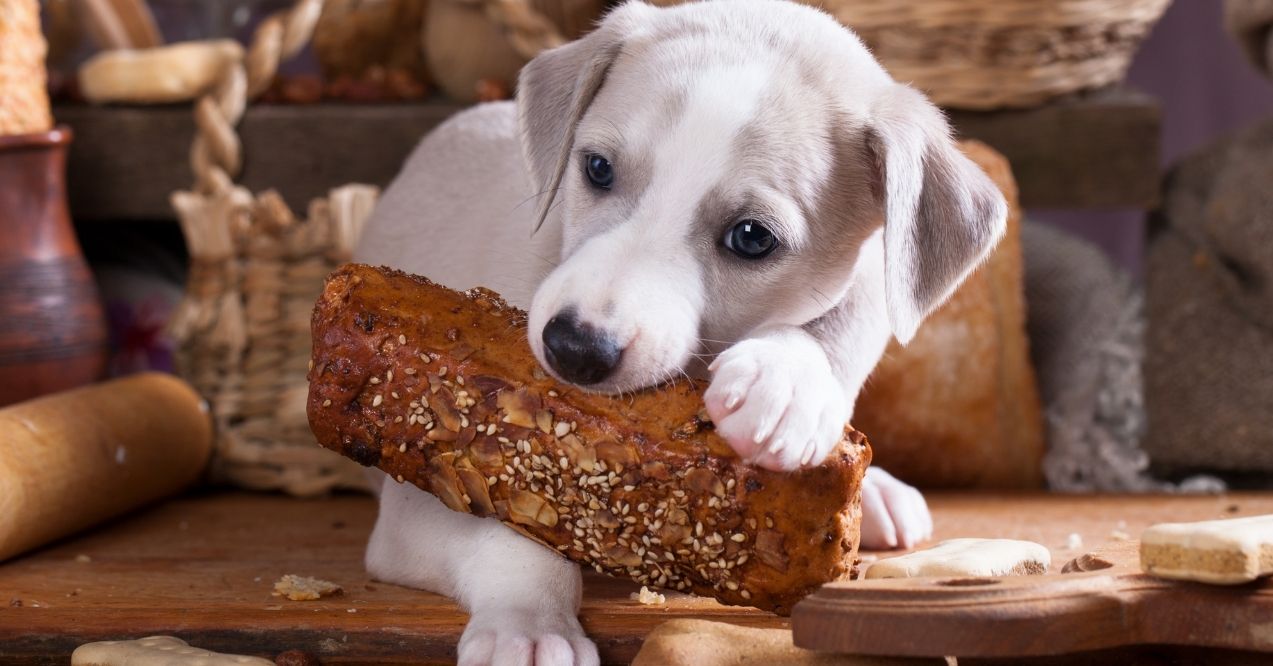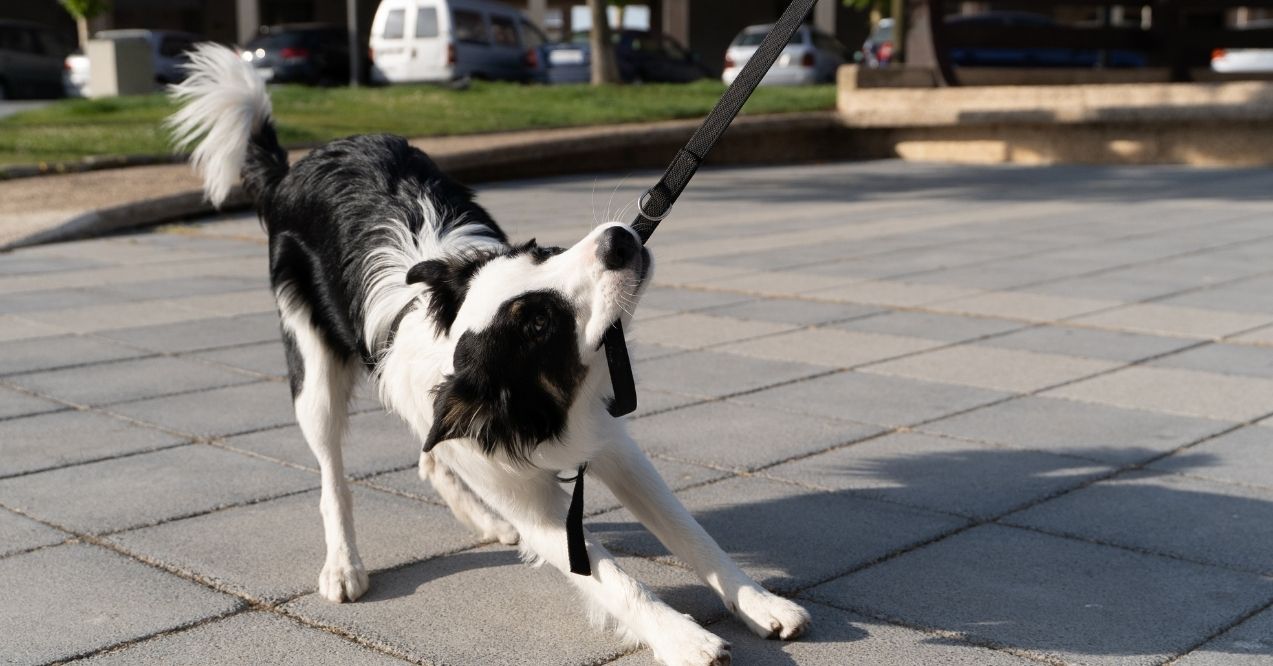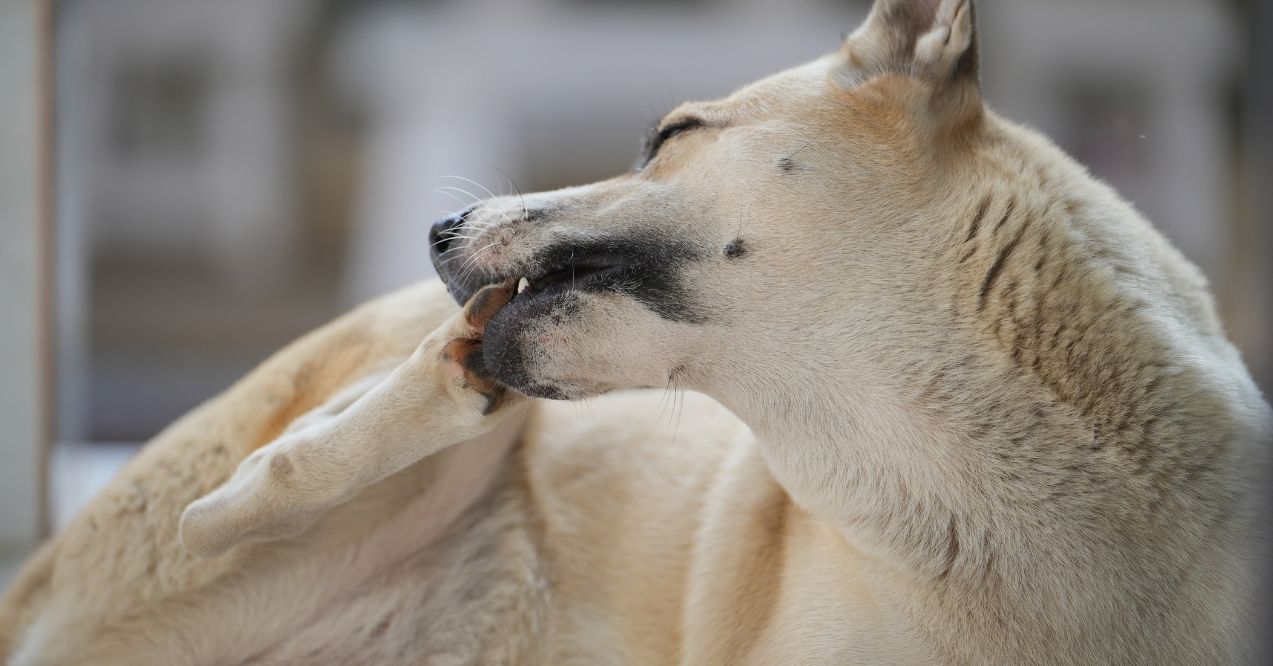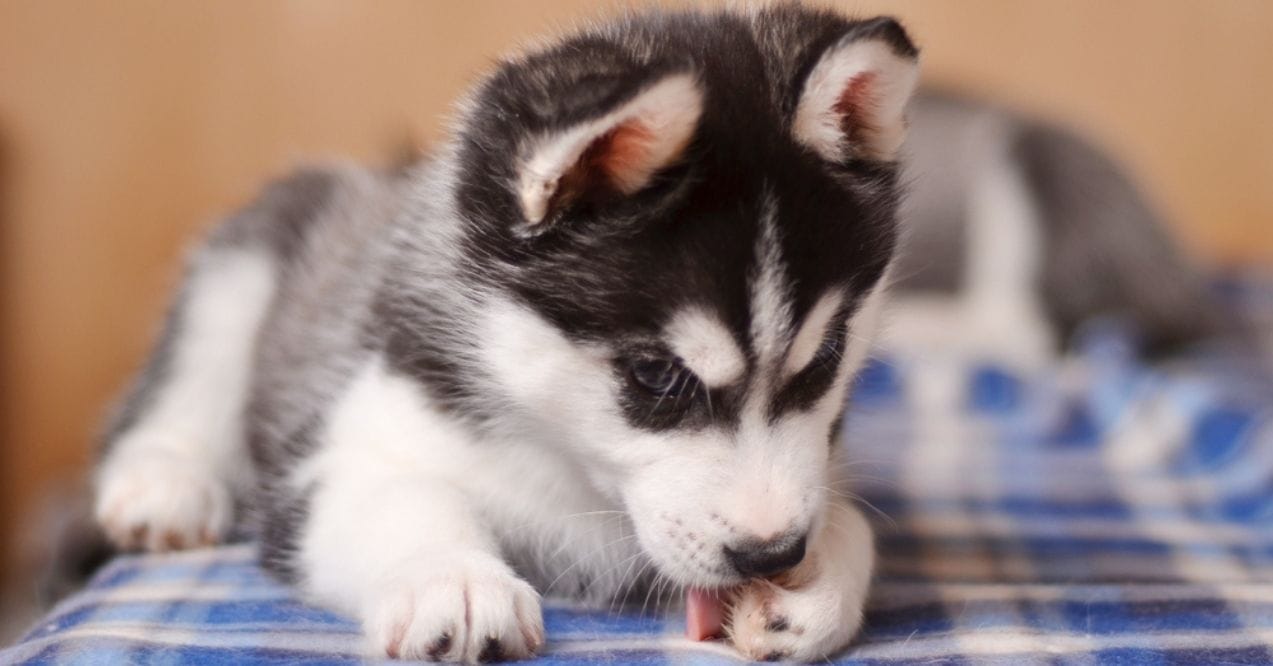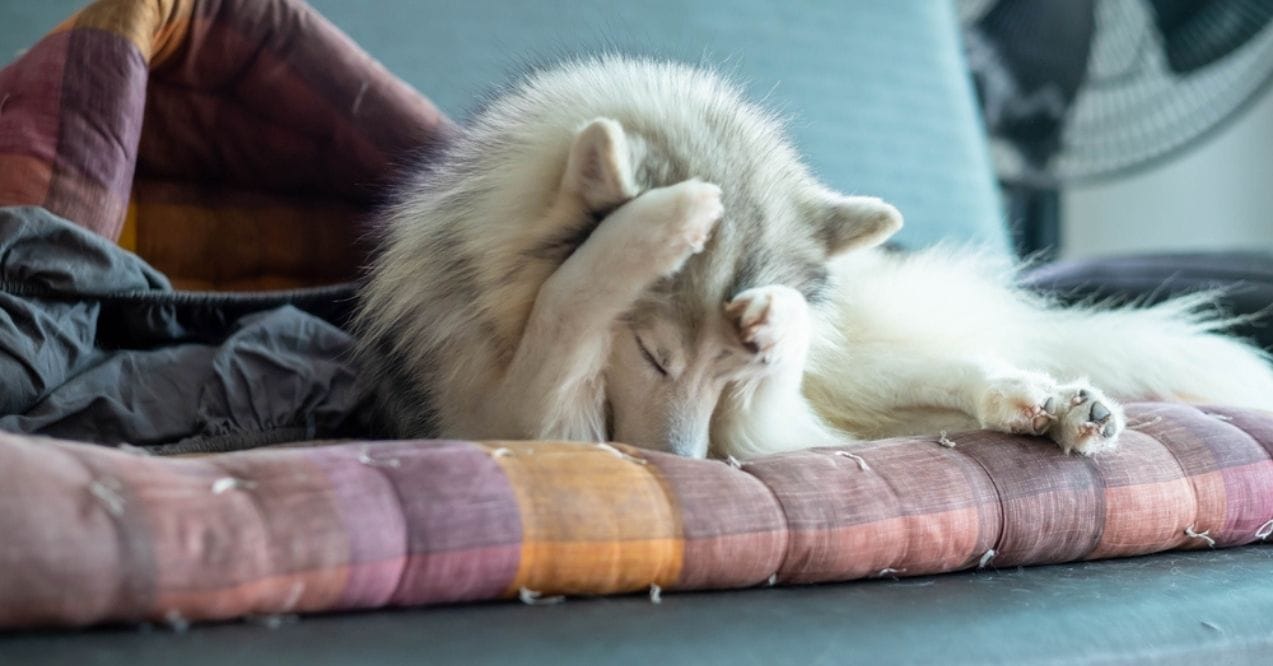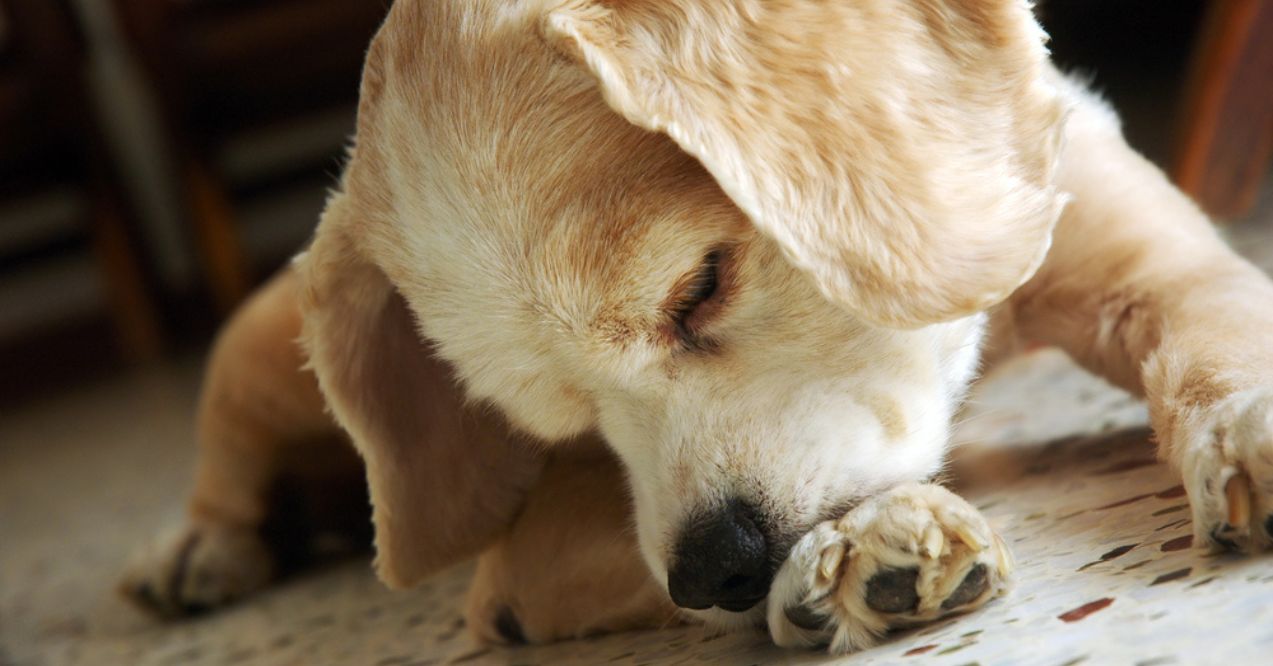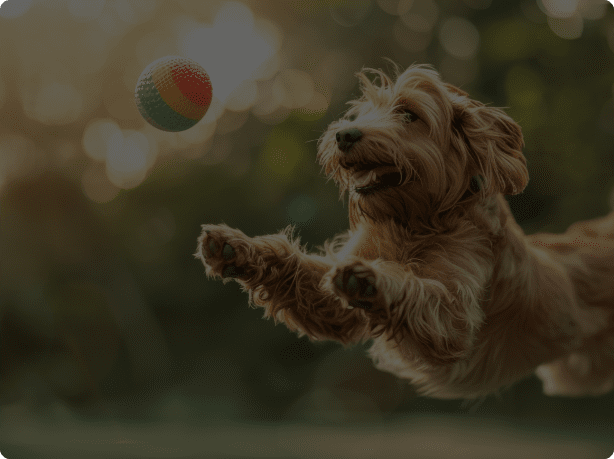Why Is My Dog Panting and Shaking?
Your dog suddenly starts panting heavily, their body trembling as if they’re cold – but the room is warm. You wonder, Why is my dog panting and shaking? Is it just excitement, or is something more serious happening?
Panting helps dogs cool down, but excessive panting and shaking together can signal a physical or emotional trigger. It could be something as simple as feeling overheated or as complex as stress and sensory changes. In this guide, we’ll go beyond basic explanations and explore the common causes behind this behavior. Plus, we’ll share practical, vet-backed strategies to help your pup feel more comfortable and at ease.
Why Is My Dog Panting and Shaking?
Understanding why is my dog panting and shaking is the first step in ensuring their well-being. While panting is a natural way for dogs to regulate body temperature, excessive panting or trembling may signal an underlying concern.
Physical & Environmental Causes
Certain environmental factors can push a dog’s body beyond its normal ability to regulate temperature, leading to both panting and shaking.
- Overheating – Hot weather, prolonged sun exposure, or overexertion can cause dogs to pant excessively as their bodies work to cool down. When heat builds up too quickly, panting alone may not be enough, and shaking can follow as a sign of distress.
- Cold Weather – Exposure to cold temperatures, wet fur, or drafts can cause involuntary muscle tremors, leading to shaking. Panting may also occur if a dog is trying to generate warmth, as physical exertion can increase body heat.
- Air Quality – High humidity, airborne irritants, or poor ventilation can make breathing harder for dogs. This can result in heavier panting as their bodies try to compensate for discomfort. Shaking may accompany this response if the irritation causes stress or mild respiratory strain.
- Nutritional & Hydration Deficiencies – Dogs shaking and panting without an obvious external trigger may be experiencing an internal imbalance. Dehydration, low electrolyte levels, or nutrient deficiencies can affect temperature regulation and muscle control, leading to tremors and increased respiratory effort.
Aging, Sensory Changes & Discomfort
As dogs age, their bodies and sensory functions change, making them more prone to panting and trembling.
- Pain or Sensitivity – Age-related discomfort, such as joint stiffness or muscle soreness, can cause an increase in panting. Trembling may follow if the discomfort leads to physical stress or difficulty moving.
- Sensory Decline & Anxiety – When vision or hearing starts to fade, dogs may feel more vulnerable in their surroundings. This uncertainty can trigger stress responses, leading to excessive panting and trembling. A senior dog trembling and panting may be reacting to unfamiliar movements, sounds, or disorientation.
- Respiratory Challenges – With age, airway function may decline, causing increased panting, especially during rest or sleep. A senior dog panting a lot may be struggling with natural changes in lung efficiency, leading to heavier breathing and occasional trembling.
Stress, Fear & Overstimulation
Emotional triggers can cause dogs to pant and shake, even when there is no obvious physical reason.
- Fear Triggers – Loud noises, sudden environmental changes, or unfamiliar situations can trigger a dog’s fight-or-flight response. A panting and shaking dog may be reacting to fear, with their body producing excess adrenaline that increases breathing rate and muscle tremors.
- Separation-Related Behaviors – Dogs that struggle with being left alone may exhibit signs of anxiety, including panting and shaking. The stress of isolation can cause an increase in heart rate, making breathing more rapid and uncontrolled body movements more frequent.
- Overstimulation & High-Energy Dogs – Certain breeds or excitable dogs may pant and tremble after intense play or activity. Additionally, if your dog is licking their paws excessively, they might be self-soothing – understanding why dogs lick their paws can help determine if anxiety or boredom is a factor.
How to Help a Panting and Shaking Dog
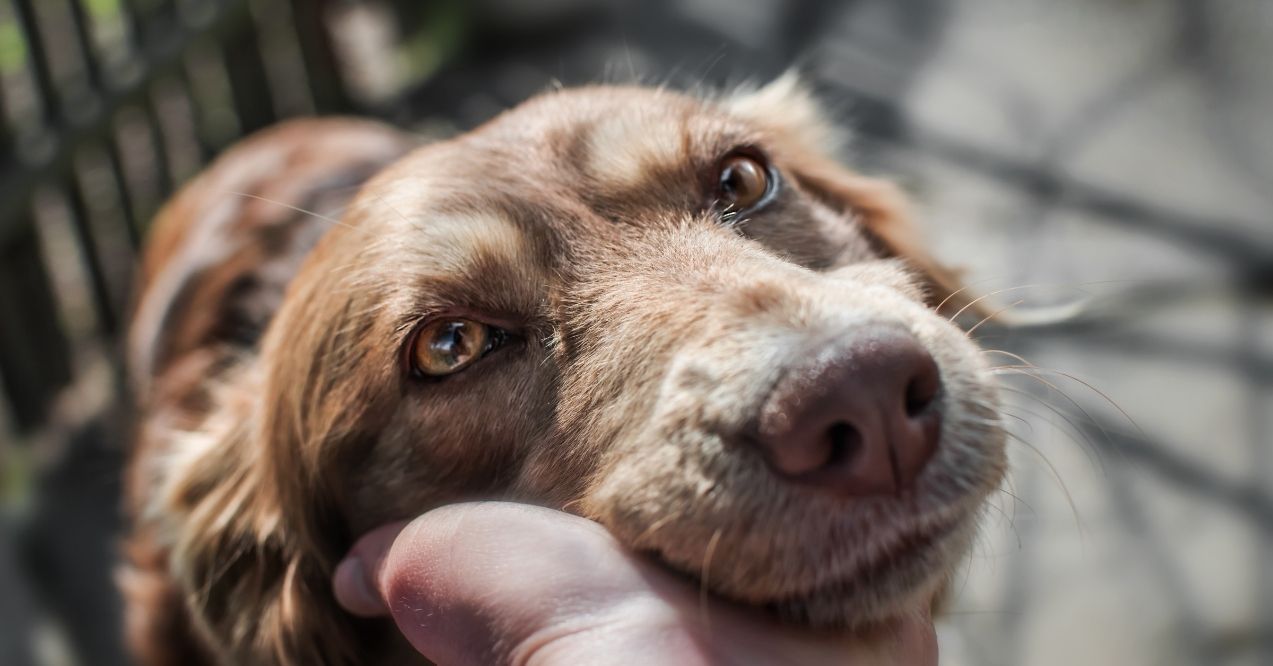
If your dog is panting and shaking, addressing the root cause is key to helping them feel comfortable. Whether it’s due to temperature changes, anxiety, or lifestyle factors, simple adjustments can make a big difference.
Cooling & Comfort Techniques
Dogs rely on panting to regulate their body temperature, but excessive heat or dehydration can make this difficult.
- If a dog panting and shivering is struggling with heat, cooling their body down safely is essential. Use damp cloths on their paws and belly, provide shade, and encourage rest in a cool space.
- Temperature control, proper bedding, and airflow help dogs self-regulate their body heat. A breathable bed in a well-ventilated area can prevent overheating or excessive shivering.
- Encouraging hydration is crucial, especially in warm weather. For those wondering, can dogs drink flavored water, it’s best to stick to natural hydration boosters like diluted bone broth, ice cubes, or water-rich foods.
Calming Methods for Anxiety & Stress
Emotional stress can trigger excessive panting and trembling in dogs.
- If your dog is panting and shaking, gentle petting, calming wraps, and dog-safe aromatherapy can help ease tension.
- Structured walks, a consistent feeding schedule, and crate training provide anxious dogs with stability, reducing stress-related trembling.
- Gradually exposing dogs to common loud sounds, like fireworks and thunderstorms, can help them build confidence and stay calm.
Home & Lifestyle Adjustments
A stable home environment supports a dog’s ability to regulate their body functions.
- Regular brushing, seasonal coat trimming, and protective gear can prevent discomfort from extreme weather.
- Omega-3-rich foods and hydration boosters contribute to proper nerve and muscle function, supporting body temperature regulation and reducing heavy breathing and shaking in dogs.
- Cooling mats in summer, heated blankets in winter, and dim lighting help create a stable, stress-free space. If you notice black spots on dogs skin, monitoring environmental triggers can help ensure overall comfort.
Why Some Dogs Pant & Shake More
Some dogs are naturally more prone to panting and shaking due to their breed characteristics. Factors like facial structure, metabolism, and energy levels play a role in how dogs regulate their breathing and body temperature.
- Flat-Faced Breeds (Bulldogs, Pugs, Frenchies) – Short-nosed (brachycephalic) breeds have narrower airways, making it harder for them to cool down efficiently. In warm weather or during activity, they may pant excessively to compensate for restricted airflow.
- Small & Nervous Breeds (Chihuahuas, Yorkies) – Tiny dogs have fast metabolisms, which can make them prone to body tremors. They’re also more sensitive to stress, so excitement or anxiety may cause frequent shaking and panting episodes.
- Large, High-Energy Dogs (German Shepherds, Huskies) – Active and working breeds exert more energy, leading to increased panting, especially after exercise. If panting persists even at rest, it may indicate overstimulation or the need for more structured cooldown periods.
Conclusion
If you’ve ever wondered why is my dog panting and shaking, the answer depends on several factors. Environmental conditions, aging, stress, and breed traits all play a role in how dogs regulate their body temperature and emotions. While occasional panting and trembling may be normal, frequent episodes could indicate discomfort or overstimulation.
Understanding your dog’s unique needs – whether cooling them down, providing a calming routine, or adjusting their environment – can help support their well-being. By recognizing the root causes and making simple adjustments, you can ensure your pup stays comfortable, relaxed, and happy in any situation.
Excessive panting can result from heat, stress, excitement, or discomfort. Certain breeds, aging, and overexertion also contribute. If panting seems unusual, persistent, or occurs at rest, it may indicate an underlying issue requiring closer attention or environmental adjustments.
Provide a quiet, safe space and use calming techniques like gentle petting, a comforting voice, or a snug wrap. Reducing exposure to triggers and gradually desensitizing your dog to loud noises or stressful situations can help ease their anxiety over time.
Frequent panting at rest, during mild activity, or at night may indicate discomfort, temperature regulation issues, or age-related changes. If panting appears excessive or paired with trembling, monitoring their behavior and adjusting their environment can help improve comfort.
Yes, dehydration affects body temperature regulation, leading to excessive panting and occasional trembling. Low electrolyte levels and insufficient water intake can strain a dog’s system, making hydration essential to maintaining their comfort, energy levels, and overall well-being.
Advertisement. This site offers health, wellness, fitness and nutritional information and is designed for educational purposes only. You should not rely on this information as a substitute for, nor does it replace, professional medical advice, diagnosis, or treatment. If you have any concerns or questions about your health, you should always consult with a physician or other health-care professional. Do not disregard, avoid or delay obtaining medical or health related advice from your health-care professional because of something you may have read on this site. The use of any information provided on this site is solely at your own risk.
